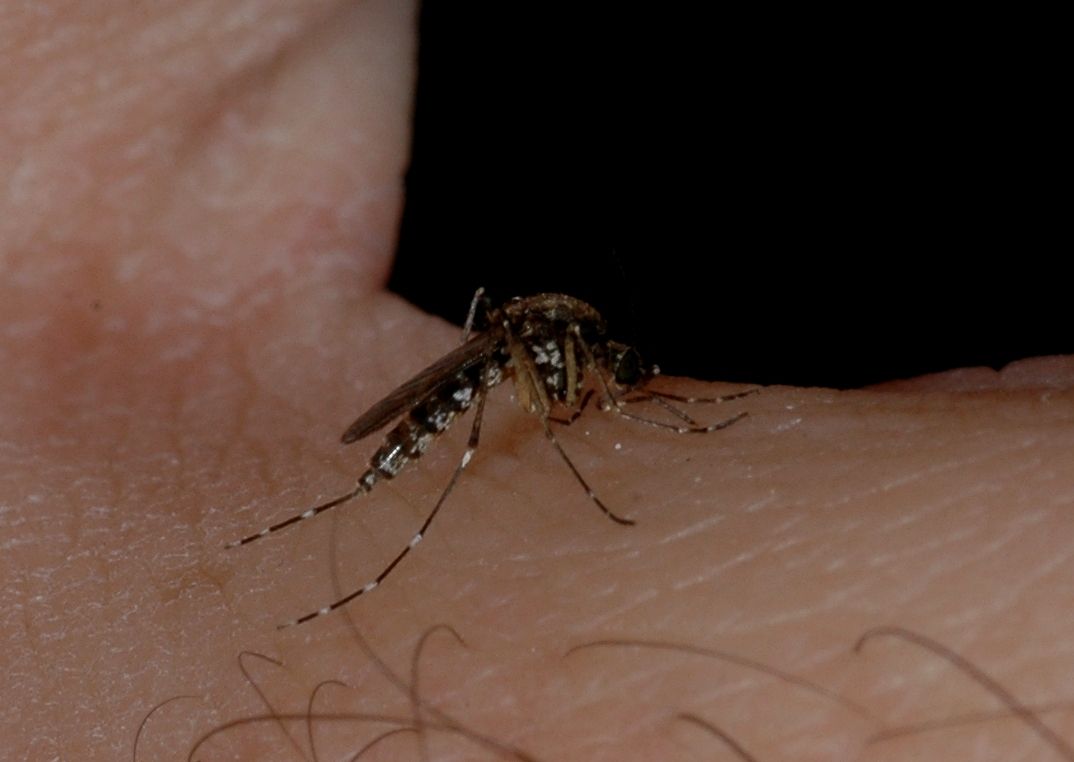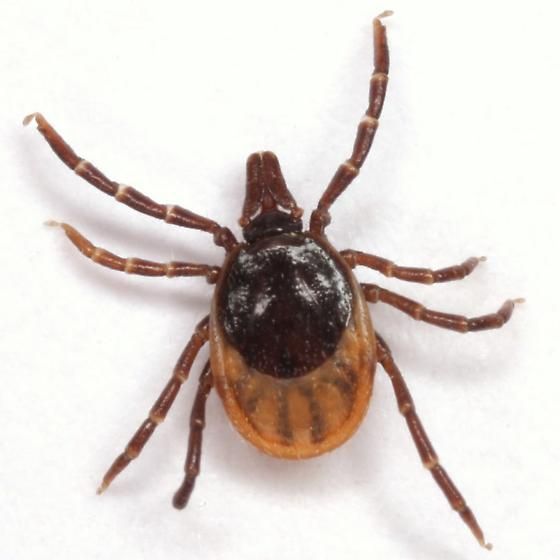Living with Wildlife
Mosquitoes
Mosquitoes are an unfortunate group of biting fly species. They are most active during the warm months at dusk and dawn but can be present any day of the year if conditions are favorable.
The females feed primarily on the blood of vertebrate animals and lay their eggs in standing water. The larvae go through several different stages before transforming into adults. It takes a week or two after the eggs hatch for adults to emerge. Mosquitoes are a significant disease vector species and cause health problems throughout the world. In our region, encephalitis and West Nile virus are the primary diseases of concern. Saltmarsh mosquitoes are a very large species and are typically encountered along the edges of the marsh because they breed in fresh and saltwater puddles. They are a nuisance, but they don’t carry human diseases. They can, however, transmit heartworms to dogs.
The best way to control mosquito outbreaks is to kill the aquatic larvae. Check your property periodically to make sure there is no standing water in empty pots, storm gutters or vinyl covers. Mosquitoes are most likely to thrive when pockets of standing water are in the shade and have accumulated leaf litter. An environmentally safe way to kill mosquito larvae in ditches and other pools of water is with a BTi tablet, which contains a bacterium that attacks and kills the aquatic larvae.
Mosquito magnets (carbon dioxide-producing units with mosquito traps) can reduce mosquito abundance in a small area such as a patio, but are not effective for an area as large as an entire home site. When working outside at dawn or dusk, use spray-on repellents or battery-powered units to discourage biting.
The Trust has developed a spraying program with the Beaufort County Mosquito Abatement Department that does minimal environmental harm. If saltmarsh mosquitoes have blown in from other areas in the region a truck will spray pyrethrin or pyrethroid in areas where people congregate (the three neighborhoods and the boatyard area). This strategy impacts only areas within 150′ of the road. A very low concentration is sprayed at night when most other insects are inactive. This insecticide breaks down within 3-4 hours and does not accumulate in the environment. Since the insecticide is absorbed through the wings of a flying insect, only very small insects flying at night are affected. Therefore, honeybees, butterflies, dragonflies and other diurnal insect species are not affected.
Sand gnats or no-see’ums
These tiny biting flies appear when air temperatures are approximately 65-75 ºF and there is little breeze. Therefore, they can be most problematic during the prettiest fall and spring days! They are common in moist sandy soils, on irrigated lawns or near the salt marsh.
The best defense against these aggravating insects is to liberally apply an insect repellent with DEET to a hat and a lightweight long-sleeved shirt. Some people find a mix of Skin-So-Soft with an equal part of alcohol-based hand sanitizer works well to repel these biting flies.
Commercial companies now offer misting systems that claim to control no-see’ums in residential landscapes. The mist contains a pyrethroid insecticide that can also kill butterflies and honeybees as well as larval shrimp and crabs. These systems are not effective when there is a breeze.
Prior to an outdoor social event on a lawn no-see’ums can be temporarily eradicated by a one-time application of crystals containing pyrethroids. These crystals should not be used near a wetland and should not be applied if rain is imminent.
Fire ants
The imported red fire ant (Solenopsis invicta), is an invasive species that was brought to the United States during the 1930s. The species has now infested much of the southern United States.
Fire ants can inflict quite a painful bite and sting. In certain cases, fire ant stings can be severe, resulting in anaphylactic shock and, in extreme cases, death. Non-life-threatening stings are treated with antihistamines and topical hydrocortisone. Fire ants build nests and live in colonies that usually consist of above-ground mounds and elaborate underground chambers. They may be found in rotting logs, under building foundations or around trees and stumps.
If the mound is disturbed, fire ants will quickly rush out to attack aggressively. Colonies are more commonly found in open, sunny areas such as lawns, fields and pastures. Fire ants are not usually found in forested, shady areas. They are omnivores and feed on a variety of foods including other arthropods, worms, seeds, nectar and even human food. Fire ants can have a major economic and ecological impact on areas they infest by injuring livestock, damaging crops and harming native species.
The eradication of fire ants is impossible. However, they can be controlled on a local scale by using a baited insecticide. Treating a yard by broadcasting the insecticide is a less desirable means of killing fire ants, as it will also kill other beneficial native insect species. It is important to follow package instructions when using commercial baits.
It will take several days for even the best product to work. Care must be taken not to apply the bait near the edge of the salt marsh because the active ingredients kill a variety of arthropods, including crustaceans.
Ticks
Ticks are external parasites that feed on the blood of vertebrate animals such as birds, mammals, reptiles and amphibians. When ticks sense the chemicals released by the host (butyric acid) they drop from vegetation and attach themselves to the host with their mouthparts, feed on the host’s blood and drop off. They can transmit dangerous diseases like Lyme disease, Rocky Mountain spotted fever, ehrlichiosis and tick paralysis.
The best way to prevent tick bites is to wear long pants when in the woods and to wash all clothing as soon as you return to the house. Be sure to conduct a body check for unwelcome hitchhikers! If you regularly spend time outside, pay attention to any areas that itch like a mosquito bite.
Remove ticks with flat-blade tweezers at the point where the head attaches to the skin and pull it straight out. Wash your hands and the bite area with soap and water. If you experience a fever within three weeks after removing an embedded tick, visit a doctor. If you develop a bull’s-eye rash or a fever within days or weeks of a bite, a doctor may prescribe a round of antibiotics.
Chiggers
People vary dramatically in the way they respond to the bite of a chigger (also called a red bug). Some people exhibit no reaction while others have strong allergic reactions in the form of a highly itchy bump that persists for several days.
Chiggers are the larvae of the harvest mite and are so small that they are usually not visible to the naked eye. The organism attaches to the skin and injects digestive enzymes that dissolve skin cells that the chigger then feeds on. The skin reacts to a microscopic feeding tube left in the skin by the departed larva.
Chiggers are more active during the warm months (April to October). The best way to prevent bites is to keep the chiggers from reaching your skin in the first place. Wearing rubber boots with long pants tucked into the boots and using bug spray can help. Wash all clothes and place them in a hot drier before wearing them again. Take a hot shower when you get home, scrubbing areas where chiggers tend to attach. For some people, the severity of chigger bites lessens with time.

Copyright © Spring Island Trust
40 Mobley Oaks Ln. · Okatie, SC 29909 · 843-987-7008
Site by Sans Sheriff Studio


